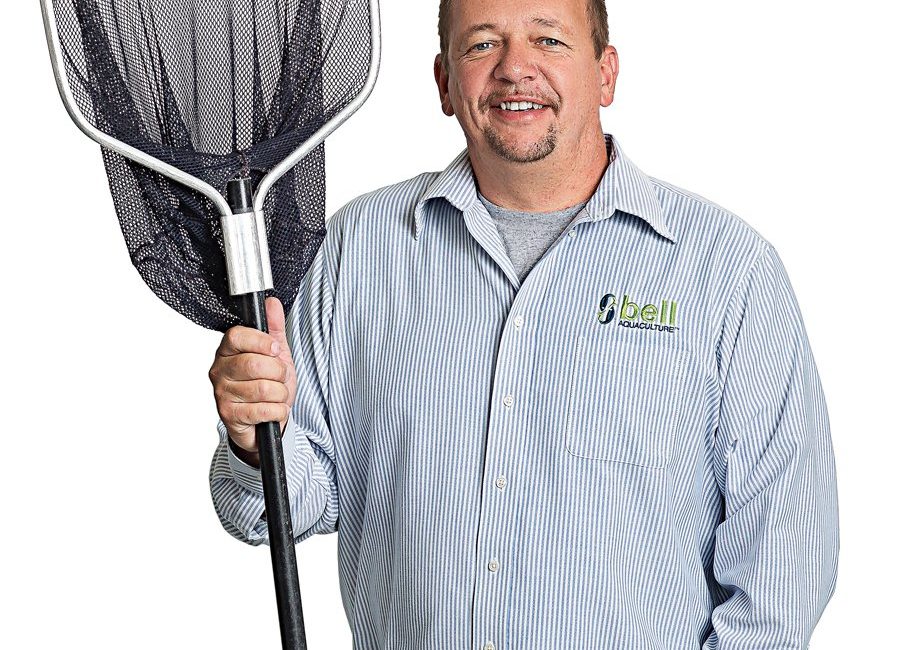
What It’s Like Fishing for a Living
As president of one of only 12 land-based salmon farms in the world, Norman McCowan wants to change how consumers view farm-raised seafood with Bell Farm’s steelhead trout and coho salmon.
I trained as a machinist at Ivy Tech. I never imagined I’d turn my love of fishing into my livelihood.
7:30 a.m. I respond to emails early, looking for sales and sample requests. We have about 70 employees at Bell Farms. When I was 9, my dad took me fishing on the Wabash River to catch the big flatheads and catfish. At one time, I had 58 aquariums in my garage.
9:30 a.m. When I walk into the fish building, the first thing I want to smell is clean water. If the fish are feeding well, it’s very active. We grow our own feed and recycle everything. Our scraps from the processing plant are made into a fertilizer. Fish feces goes to feed a worm farm in Marion that supplies the home-garden market.
10:30 a.m. At the processing plant and headquarters in Redkey, I see what is going out, both fresh and frozen. Most of the fish goes to supermarkets and restaurants. When you look at our U.S. trade deficit, seafood is No. 1 [in the food category], but we can grow it here.
1 p.m. I’m at my desk, on calls with buyers or responding to emails for the rest of the day. There’s a lot of education going on. Consumers buy wild-caught seafood from around the world because they think it’s better, but we would never buy beef outside of the U.S.
7 p.m. At home, I have my own farm where I grow strawberries and have chickens.
11 p.m. I check any last-minute emails that need to be answered. I really believe in this work. In 2050, there are going to be 9 billion people in the world. How do we use what we have to feed them?
This article appeared in the August 2015 issue.





